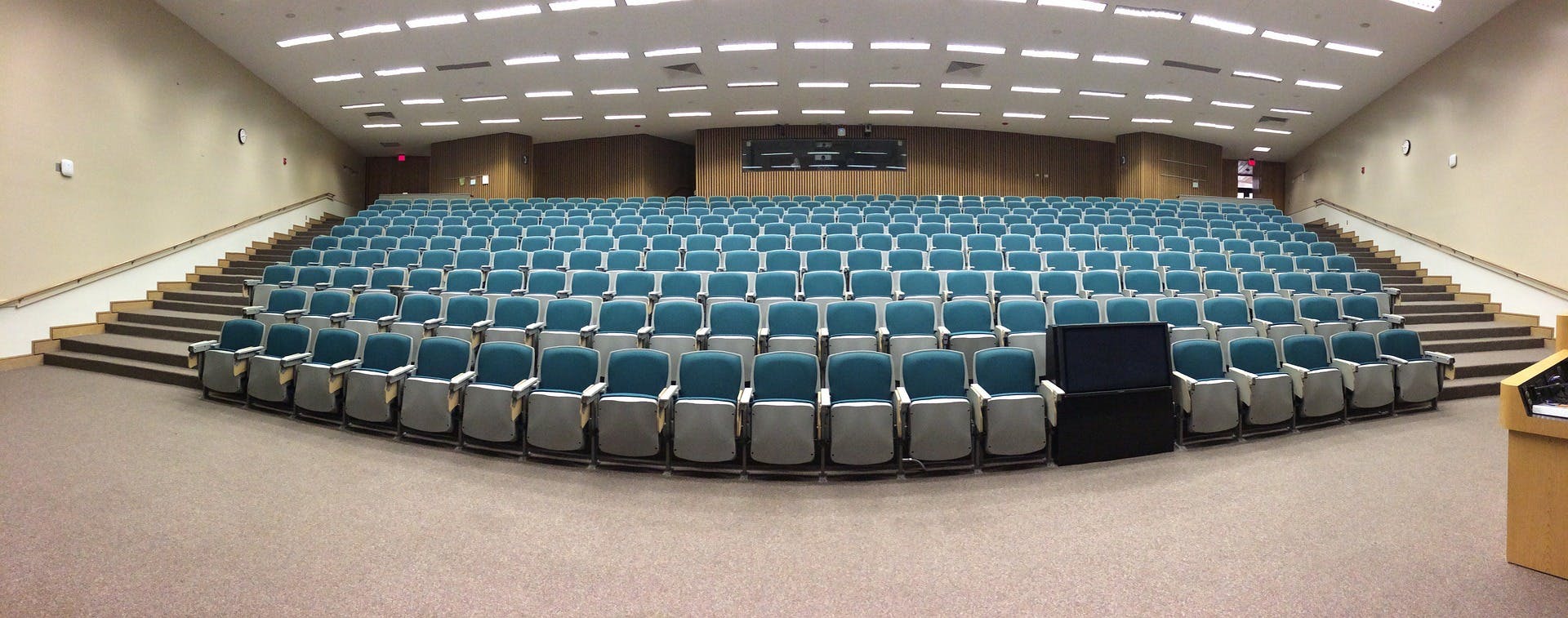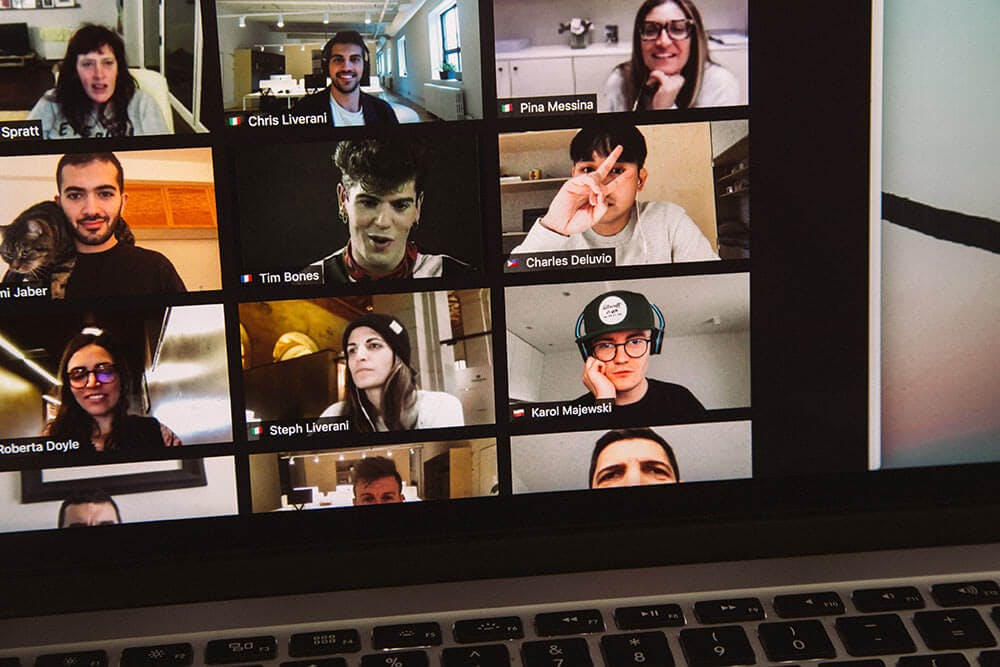When A Hybrid Higher Ed Event Fails In Students Recruitment

Campus visits to colleges and universities are one of the best parts of the higher education journey – but what about the students who can’t attend in-person events?
Enter the hybrid higher ed event.
Because anyone can attend, integrating hybrid events into your higher ed recruitment and admissions strategy can increase attendance, further your reach and bolster engagement. The University of Exeter saw eight times the number of attendees compared to in-person events!
But planning a hybrid event isn’t as simple as it may seem. At Unibuddy, we’ve helped host hundreds, which means that we’ve learned a thing or two about potential planning mistakes.
Here are the four reasons we see most often – and how to fix them.
Common problems with higher ed hybrid events
1. Planners try too hard to replicate the in-person experience
One of the most common mistakes in planning a hybrid event is trying to give every attendee – those at home and on campus – the same experience.
Remember, a live-streamed in-person event is not a hybrid event. Instead, the two experiences must be separate yet linked and designed to ensure that both audiences have a great experience.
Related: How to host virtual college events in 2022 and beyond
One great way to do so is to live-stream a lecture for both groups before hosting breakout sessions for in-person attendees and a Q&A session for those watching online.
The in-person and remote events must be separate yet linked events to ensure both audiences have a great experience. One potential solution is to live stream a lecture for both groups then host breakout sessions for in-person attendees and a Q&A for the online attendees.
2. The conversation ends when the event is over
Nobody likes to be ghosted – especially by the school they’re considering attending.
That’s why, once your hybrid event is over, you have to find creative ways to keep prospective students engaged. Remember, conversations drive conversion – and peer-to-peer communication is essential to that.
The best information comes straight from the source, so enlist the help of your student ambassadors to keep the conversation going. With Unibuddy Chat, any prospective student with a question can easily get in touch and receive a personalized response rather than an automated message, which furthers the connection and deepens their ties to the university.
Related: Digitizing higher ed decision-making for prospective students
Since implementing Unibuddy Chat in 2020, ambassadors at St. Edward’s University have had over 2,600 conversations with students from nearly 100 countries.
“Reading over some of the conversations they’re having is great,” says Vanessa Leon. “Our ambassadors go one step further and agree to show them around campus or even show them where they can have dinner.”
3. The event isn’t available on-demand
While most students will be able to attend a hybrid event as it’s happening, some are so busy with extracurricular activities that they may not have time to attend. It’s important to work around that by uploading event footage to a digital library of on-demand content to keep from seeing a prospective student fade away.
Creating this sort of digital library of user-generated content (UGC) allows schools to curate a personalized experience for prospective students. But don’t stop there – enhance and bolster it by adding UGC from other sources, like student blogs or vlogs, which bridges the authenticity gap, boosts engagement and builds brand recognition.
4. Events aren’t planned with pre-existing data in mind
At Unibuddy, we prioritize using data to make informed decisions. It’s nearly impossible to plan a successful event – hybrid or otherwise – without it! We say learn from the past, take what’s good and plan for the future.
That’s why we’ve created post-event reports on the Unibuddy Events platform. After each event, you’ll receive valuable data and insights into who attended your events and how they engaged, which you can use to tailor the student journey. Using data is the logical tool to make your next higher ed recruitment event a success.
Related: 5 higher ed student recruitment tips from the pros
But it doesn’t stop there. Each of our solutions offers data that you can use to create successful student journeys and recruitment events:
Unibuddy Chat utilizes Conversation Insights, a machine-learning technology that allows you to understand what matters most to your prospective and current students. Topics can be filtered by course, location and even time.
Unibuddy Community, a group messaging platform for incoming students, allows you a deeper understanding of how students are interacting with each other before arriving on campus. Because groups are designed by purpose (e.g., course of study or hometown), you can see what drives students to connect, what they’re interested in and what they discuss.
Unibuddy makes it easy to run successful hybrid events
To run a truly successful hybrid college event, you need the right platform – and you’ll find it with Unibuddy Events.
Whether your hybrid higher ed event involves Q&A sessions or live chat, Unibuddy makes it easy to create and host hybrid events that students and faculty alike will love.
To learn how Unibuddy can help your higher ed institution, request a demo today.


